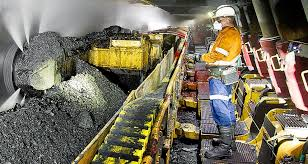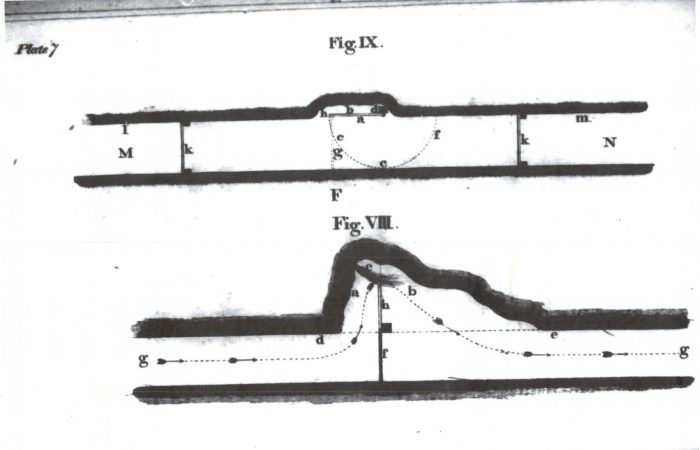
North Goonyella Mine Numerous CH4 HPI’s Longwall Tailgate, Cutting In Bypass. MRE 1st March 2017
MRE – North Goonyella – 01.03.2017.pdf
The significant points that were apparent and brought to the attention of the North Goonyella representatives were as follows:
- Numerous occasions where the Tailgate general body methane concentrations exceeded 2.5%. This was followed by failures to conduct withdrawals to a place of safety and continuing with production operations whist methane was in excess of 2.5%.
- Inconsistent alarm responses with the application of TARPs 024 and 025.
- Inadequate investigations into triggered alarms from tube bundle monitoring points.
- The continuation of production for 7.5 hours when the real time monitoring point for the Tailgate was in bypass.
- Risk assessment NG-MlN-RSK-LW029 which was a review of the TARP 024 to reduce the trigger levels. This was dated as being conducted on the 9th February which was 10 days after the letter from the Chief Inspector was issued in relation to the matter of 2.5% general body methane concentrations.
CMSH Regulation 366 Withdrawal of persons in case of danger (1) For section 273 of the Act, a part of an underground mine required to be ventilated under section 344(1)(b) that has a general body concentration of methane of at least 2.5% is taken to be dangerous.
CMSH Act section 273 Withdrawal of persons in case of danger (1) If a coal mine is dangerous, all persons exposed to the danger must withdraw to a place of safety.
1.0 In attendance were –
Mr Russell Albury — Chief Inspector of Coal Mines; Mr Shaun Dobson — Acting District Inspector; Mr Paul Brown — Inspector of Mines; Mr Richard Gouldstone — Inspector of Mines
Mr Mike Carter – SSE & GM; Mr Marek Romanski – UMM Mr David Craft – VO Mr Phil Reed – Safety & Health Manager
2.0 Items discussed
2.1 Results of analysis
Following the initial data analysis a number of other documents were also requested which were supplied.
Inspector Dobson summarised the findings from the data and information provided regarding
- Real time and tube bundle and gas monitoring data
- ERZ Controllers Statutory and Production reports
- Control room environmental alarm logs
- Monthly Ventilation reports
- TARP’s 024 and 025
- Risk assessments
The significant points that were apparent and brought to the attention of the North Goonyella representatives were as follows:
- Numerous occasions where the Tailgate general body methane concentrations exceeded 2.5%. This was followed by failures to conduct withdrawals to a place of safety and continuing with production operations whist methane was in excess of 2.5%.
- Inconsistent alarm responses with the application of TARPs 024 and 025.
- Inadequate investigations into triggered alarms from tube bundle monitoring points.
- The continuation of production for 7.5 hours when the real time monitoring point for the Tailgate was in bypass.
- Risk assessment NG-MlN-RSK-LW029 which was a review of the TARP 024 to reduce the trigger levels. This was dated as being conducted on the 9th February which was 10 days after the letter from the Chief Inspector was issued in relation to the matter of 2.5% general body methane concentrations.
The lack of adequate hazard identification in this risk assessment was concerning given that the only “Unwanted Event/ Hazard Release” was the ” Escalation of methane levels in the Longwall return to >2.5% resulting in the loss of the TG as an escapeway” . The three reported HPl’s from the 30th and 31st of January were also reported as sub section 7 of Schedule IC “an unplanned event that causes only 1 escapeway from the mine to be available for use”. The hazard of methane explosibility had not been considered.
- Inconsistent inspection and recording of environmental readings for the Tailgate. This also includes goafstream sample results at the time of taking this sample.
- No evidence on the statutory officials reports of re-inspecting the work area after the withdrawal of coal mine workers due to the TARP level being triggered.
The undertaking of Ventilation changes on night shifts when TARP triggered elevated methane events have occurred.
Mine representatives responded to the above matters which the Inspectors acknowledged that the TARP 024 now had methane levels that were not in breach of legislative requirements. However due to the aforementioned matters not demonstrating effective consistent management of these matters at all levels the following Directives were verbally given to the SSE by Inspector Dobson:
168 Directive to review safety and health management system and principal hazard management plans
To review the Principal Hazard Management Plan for Gas Management which shall include the review of risk assessments, Trigger Action Response Plans, and to implement effective adequate controls for the management of flammable gas. This includes demonstrating the training and competence of all persons with obligations for this hazard.
166 Directive to reduce risk
To review the application of adequate controls to ensure that any general body concentrations of flammable gas that exist in any workings do not eventuate in concentrations that present an unacceptable level of risk. This requires the implementation of controls that are in accordance with the hierarchy of controls with respect to the magnitude of this hazard.
The due date for both Directives was 16th March 2017.
The Mine representatives explained that for the month of February there had been no further exceedances and that extra methane drainage capacity had been utilised.
The Inspectors expressed the concern that the documentary evidence showed that there was a risk that the presence of elevated methane levels had become ‘normalised’ and the Mine needed to deal with the issue as a matter of urgency.


